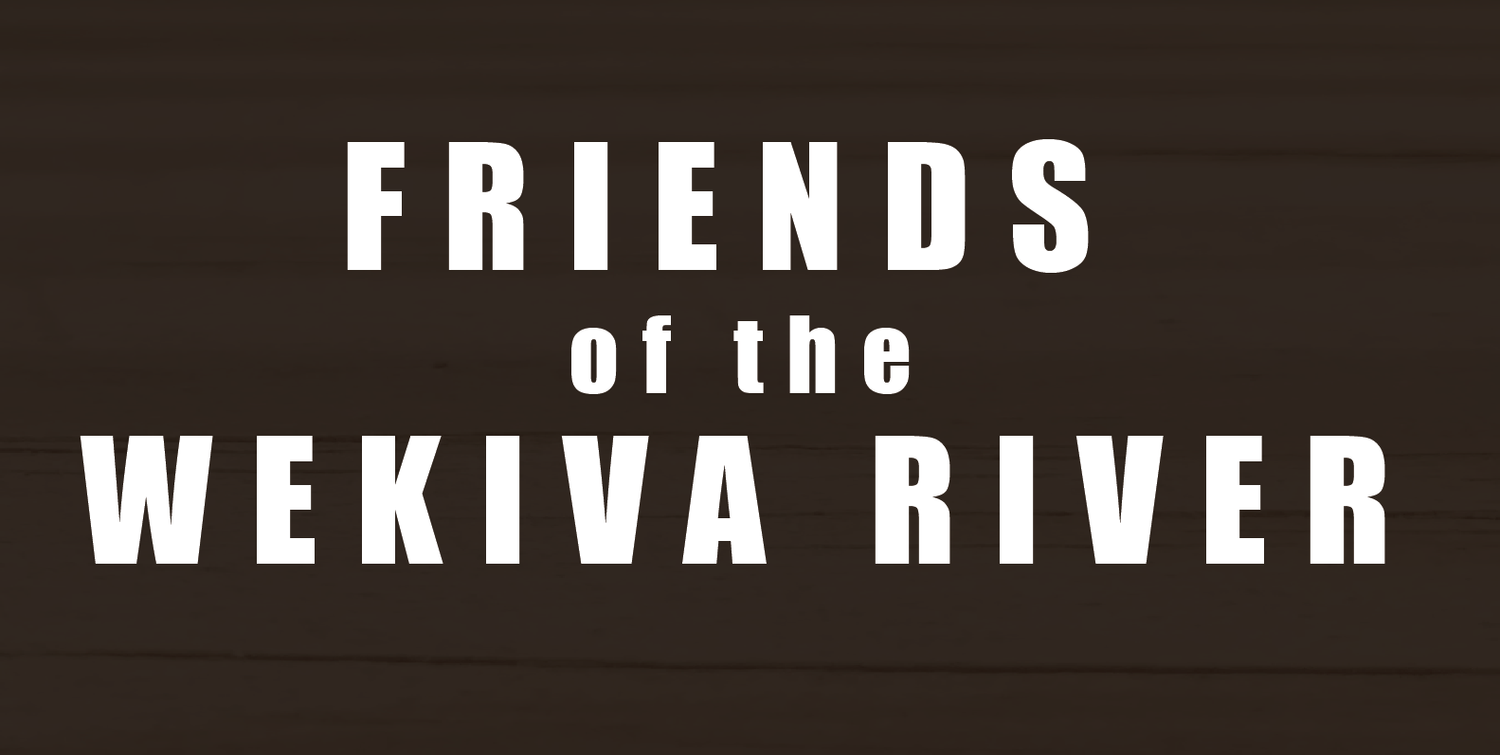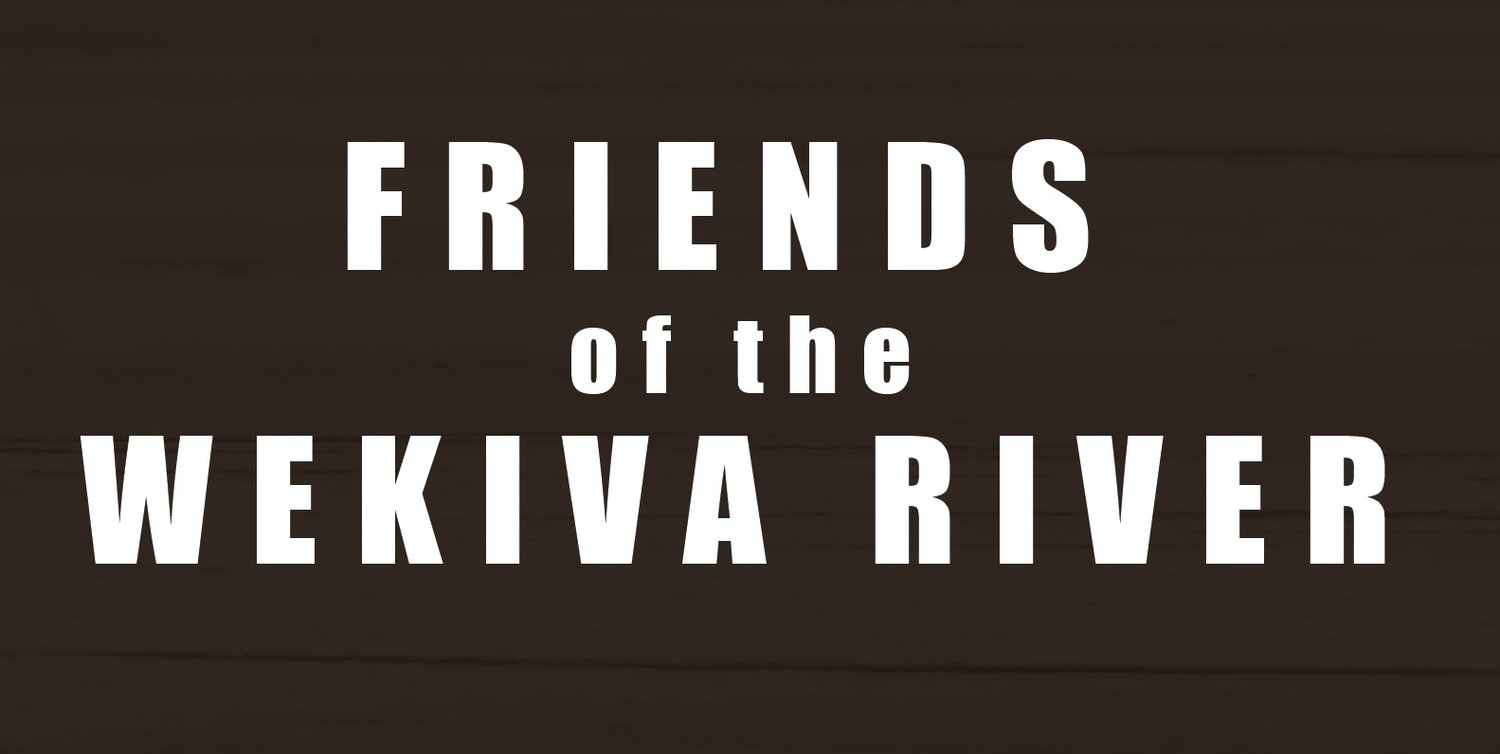Spring has Sprung
Seasonal changes do occur in central Florida, no matter what our relatives up north say about their absence. Keeping track of the subtle changes in the natural landscape over the calendar year is instinctive to me, and a process that I plan to share in a series of articles on the website – beginning with this installment. Spring has sprung, and with it the emergence of my favorite color – the verdant hue of newly emerging leaves. This color is unmistakable and currently represented in the leaves of red maple, sweetgum, laurel oak, and, in the floodplain along the Wekiva River, American elm, green ash, bald cypress, American hornbeam and basswood. Some to come will be a transition for live oak, hickory, southern magnolia. This incredible canvas is comprised of many different species that are influenced by similar temporal cues that tell them it is spring. Like their counterparts in northern climes, each species is stimulated to resurgence by the changes in the length of night and day – photoperiod.
From a similar stimulus associated with photoperiod, certain plants on the forest floor emerge early to take advantage of open light conditions for seedling growth or early spring flowering. Present now are violets, green swamp orchid, blue-eyed grass, toadflax, butterwort and other diminutive flowers emerging before there is a dense canopy. They take advantage of slightly filtered light from leafless deciduous trees to accomplish their early-season show. Further up the evolutionary spectrum, migratory birds are receiving similar stimuli to migrate, mostly north, in order to appear in the eastern deciduous forests of the United States at times when these leaves have emerged so that they can forage on new buds or the plethora of insects that are taking advantage of the new spring flourish.
All in all, it’s a complicated system stimulated by photoperiod that allows a multitude of plants and animals to take advantage of increasing day length and the emergence of an organic biomass that fuels the ecosystem. The timing of the growth of plants affected by reduced nighttime hours fits perfectly with the flush of migratory birds that will fill the Wekiva canopy for a brief period of time in March and April.
Although the complexities of this synchronized phenology are not totally known to science, what is apparent is that the emergence of the new growth stimulates a desire for people to be outdoors as well. We too are ultimately stimulated by photoperiod even though our subsistence is no longer dependent upon it in an acute way. As I have spent time in the woods in the last few weeks, lots of seasonal changes are occurring. A growing a litany of birds – some of which are migratory and won’t breed in Florida – are singing. Not the short, monotonous calls made by both sexes in the winter – the males are singing multi-syllabic, melodious tunes saved for attracting a mate. Each species has a distinctive song mostly stimulated by photoperiod and associated with breeding. Listen for the highly adapted tunes of passerines, or perching birds, in the canopy of the Wekiva forest for the next 6 weeks or so.
Other signs of the season:
A pair of great blue herons is nesting in one of the tallest loblolly pine trees around the pond in my backyard. The young will be alarmingly and consistently noisy as they beg for food as nestlings, but I mostly look forward to their progress over the next 60 days.
Winter-breeding frogs, particularly southern leopard frogs with their eerie cacophony (listen to it here) are completing their nighttime symphonies in the pond behind my house. Their calls have recently been supplanted by spring breeders – green treefrogs that emit a nasally “tank” call and the grunts of a few pig frogs that people sometimes mistakenly attribute to alligators.
In the sandhills, longleaf pine trees coming out of the grass stage are “candling”. This name refers to the new white, candle-like tip as it emerges from the apex of the tree. Needles will sprout from the candle as the tree grows rapidly into its woodier, tree-like form.
The great number of birds that winter in Florida are beginning to leave for the north. One particularly common species, the yellow-rumped warbler seemed to be found in every wax myrtle bush a few weeks ago, and now they are less common and soon to be gone from the state. At my house, at the edge of the Wekiva Forest, this has also been the case with a number of winter residents that had each staked out their own niches over the last few months: common yellowthroat, grey catbird, eastern phoebe and house wrens. If they aren’t gone yet, they soon will be.
The number and frequency of our observations of snakes has increased – just recently, we observed yellow rat snake, ribbon snake, black racer, garter snake and scarlet kingsnake.
The number of bears that have appeared on the remote camera at home has decreased significantly over the last 6 weeks, most likely because of the denning (as close as it gets in Florida to hibernation) of females to rear dependent young.
This may be the best time of the year in Florida to go outside and really explore the natural environment. Hike through, dive in or paddle along in the Wekiva Basin and let me know what you find.
Jay H. Exum, Ph.D.
Jay.Exum@ExumAssoc.com

